What Are Keywords in SEO?
A keyword is a word or phrase that best describes the main topic of a webpage or piece of content. It is the same word or phrase the blogger wants the content to rank for on search result pages.
Search engines use keywords to understand a page’s content and match it with relevant search queries. Bloggers typically optimize their content for keywords to increase their visibility on search engine result pages and attract organic traffic to their sites.
While some bloggers use keywords and search queries interchangeably, they refer to different things.
- Keywords are the words or phrases a blogger includes in their content
- Search queries are the words or phrases visitors enter into the search engine
Importance of Keywords
Search engines use keywords to understand the content of a webpage. They are then able to match these webpages with relevant search queries.
Search Engine Optimization (SEO) is the optimization of a webpage’s content for keywords the blogger wants it to rank for. The process of uncovering keywords to include in a piece of content is called avainsanatutkimus, and the practice of optimizing a piece of content for a keyword is on-page SEO.
As a blogger and creator, you want the keywords in your content to match the search query your target visitors enter into Google. That way, you can get more leads and traffic to your site without relying on other traffic sources like paid ads.
Where to Include Keywords in a Content
Bloggers include their focus keywords in strategic locations in their content. Some common locations include the:
- URL
- Meta title
- Meta description
- H1 tag
- Subheading
- Content body
- Anchor text
- Image title
- Vaihtoehtoinen teksti
1 URL
A URL is the address of a specific webpage or file. It helps visitors and search engines locate and access any resource on the web.

2 Meta otsikko
The meta title is the clickable headline on search engine results pages. It is also called the SEO title or title tag.
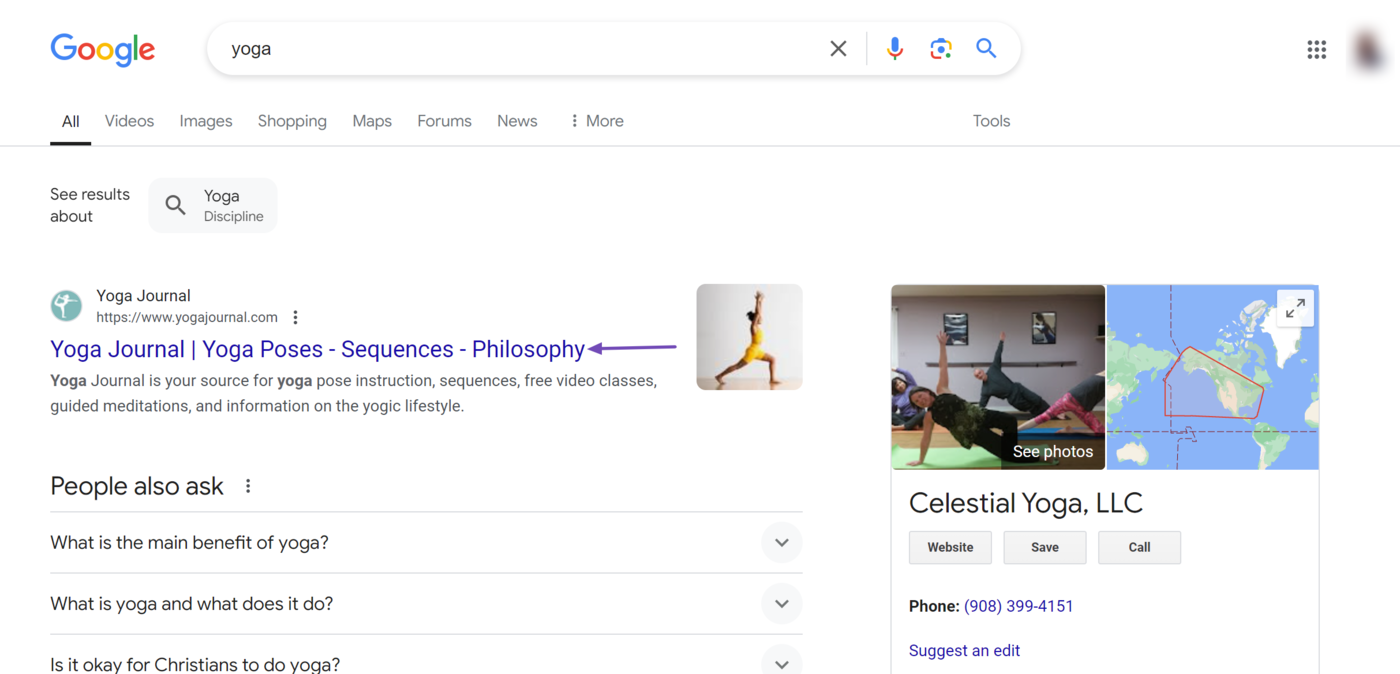
3 Meta Kuvaus
A meta, or SEO, description is a brief summary that helps visitors understand a webpage’s content. It appears below the meta title on search engine results pages.

4 H1 Tag
The H1 tag, or page title, is the primary heading of a webpage. It gives visitors and search engines a clear idea of a page’s main topic. The H1 tag is identified using the H1 header tag <h1>.
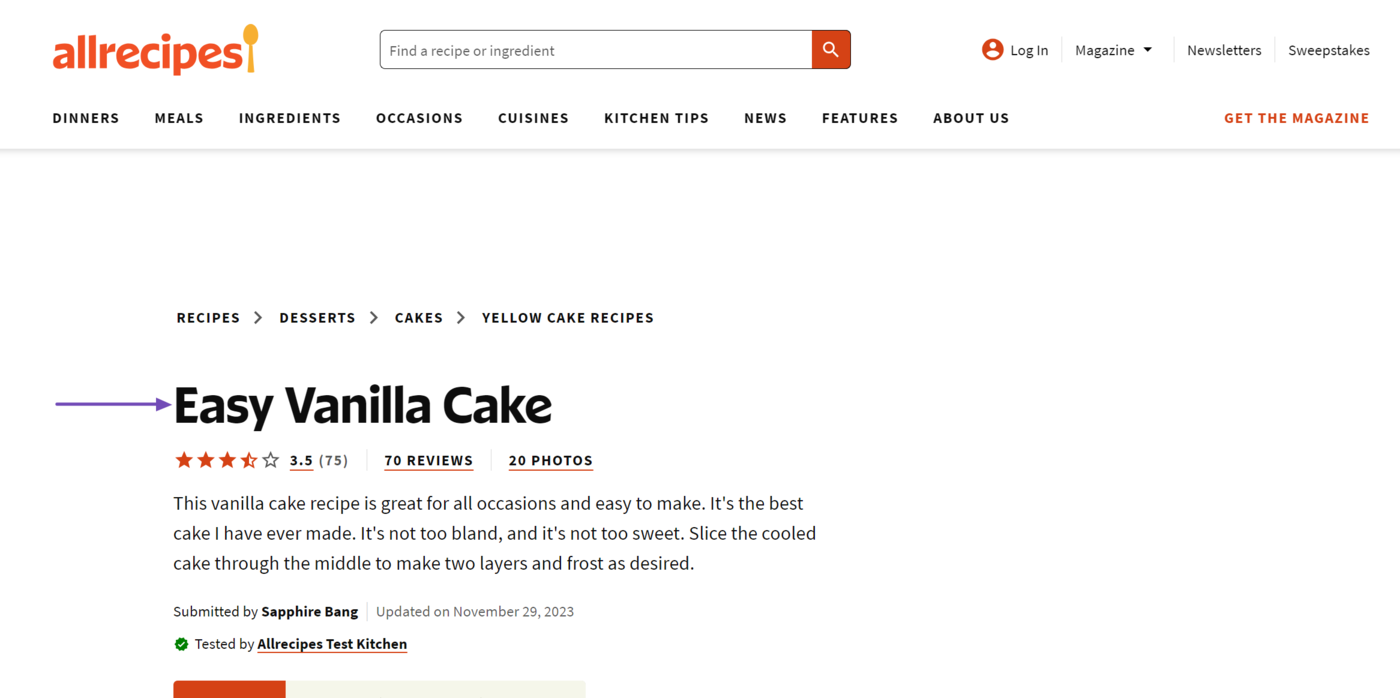
5 Subheading
Subheadings are the secondary headings used to organize content within a webpage. They help break text into sections, making it easier for visitors to read. Search engines also use them to understand a content’s structure.
Subheadings are H2 to H6 headings.
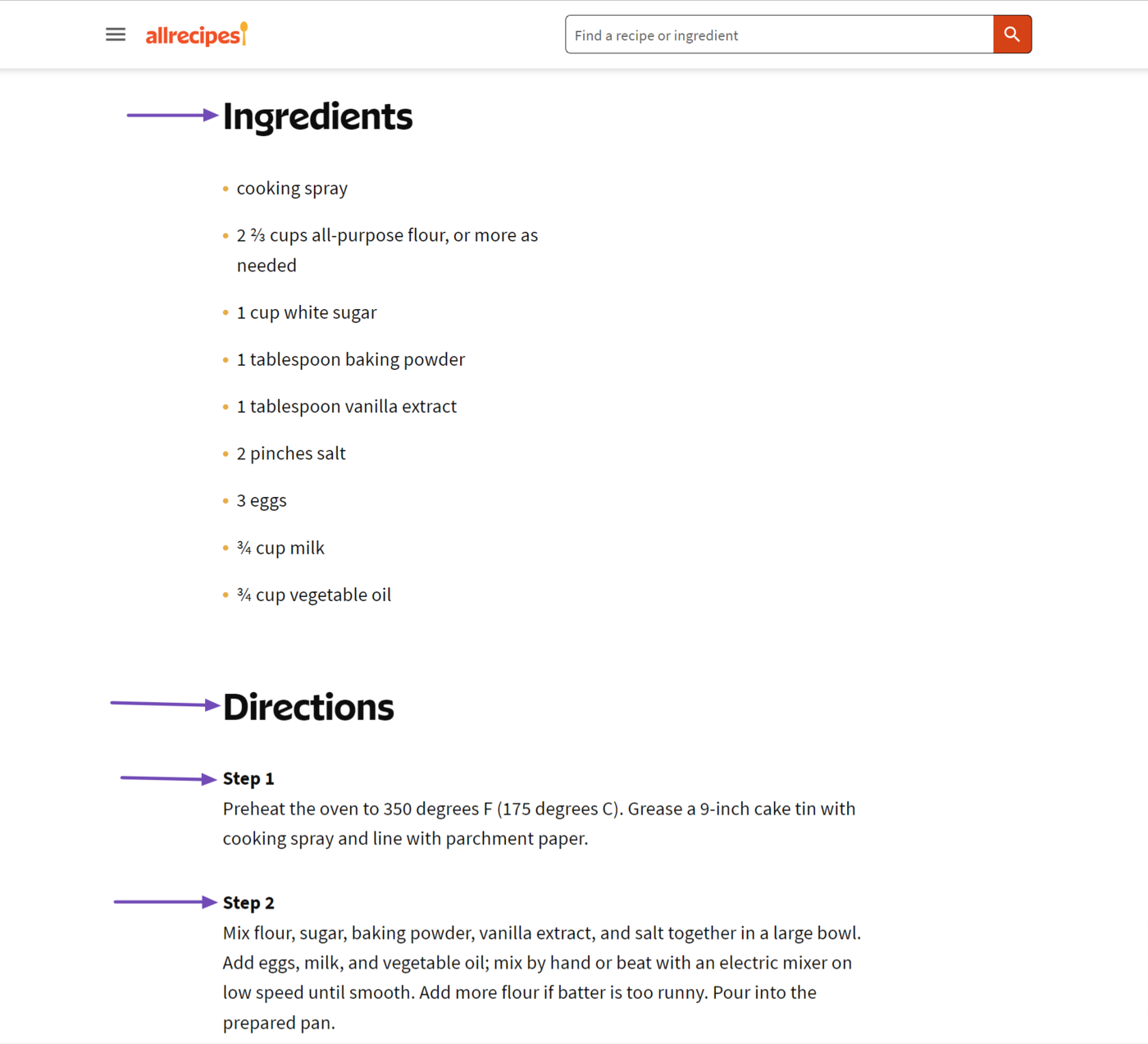
6 Content Body
The content body is the main text on a webpage. This is the text that contains the details of the topic. For example, this text you are reading is part of the content body on this page.
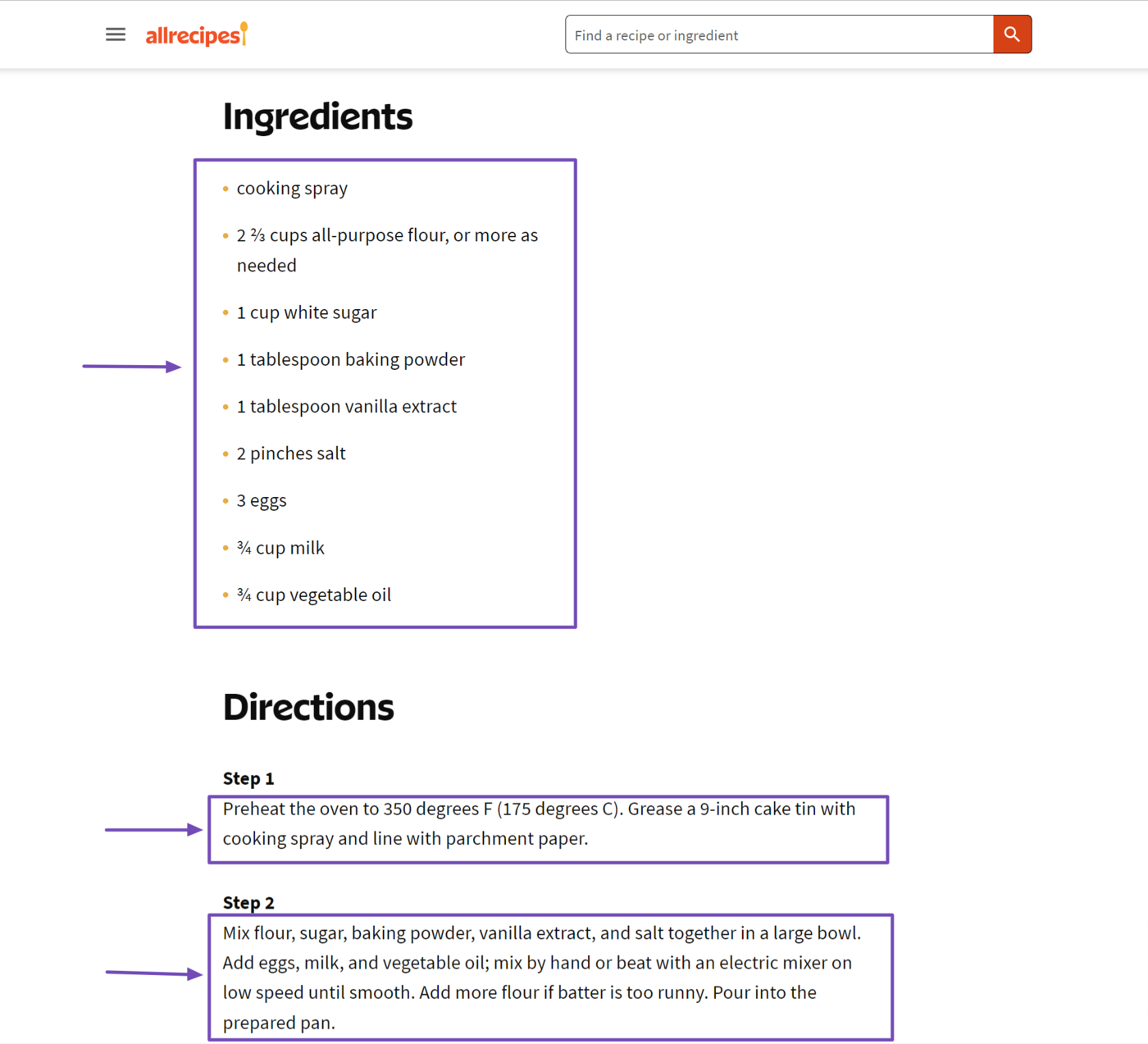
7 Ankkuri teksti
An anchor text is the clickable text that directs users to another webpage on the same site or a different site. Visitors and search engines use them to understand the content on the page they link to.
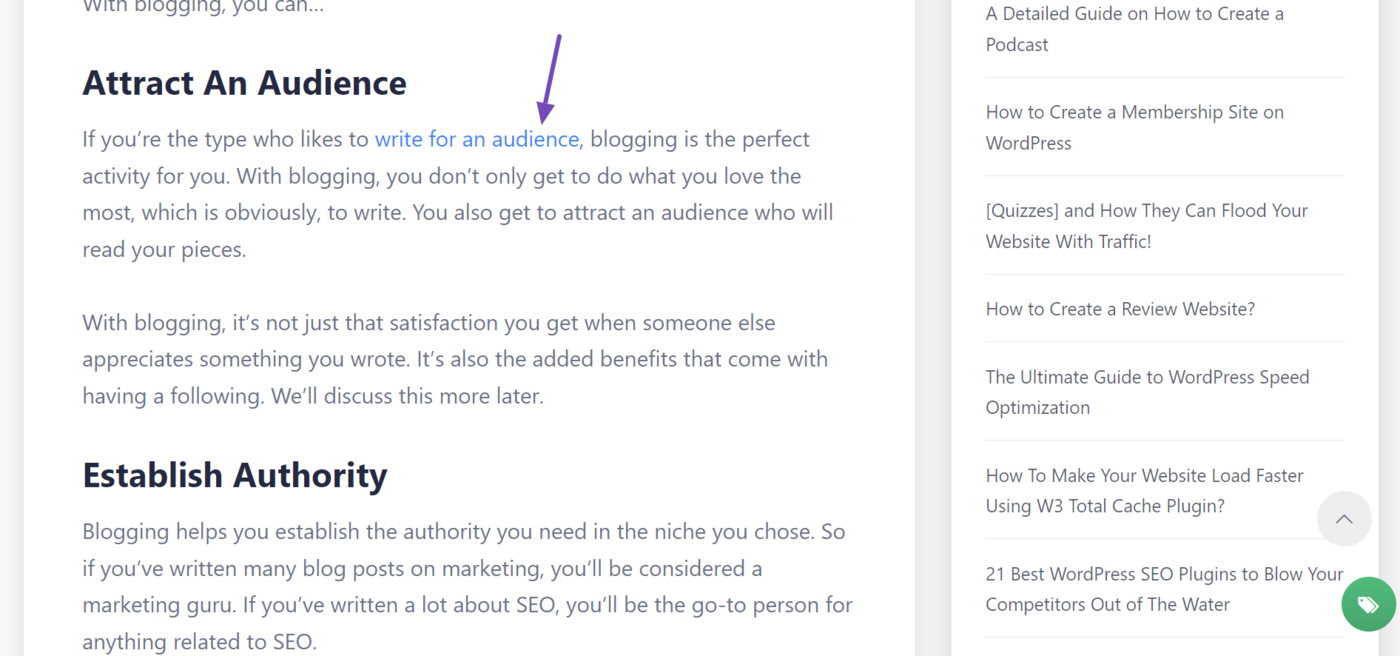
8 Image Title
An image title is the name of your image. Some browsers may display it as a tooltip when visitors hover over the image. However, they are not usually visible to visitors, but are always visible to search engines.
9 Vaihtoehtoinen teksti
An alt text is a string of words describing an image. It is usually invisible to visitors but will typically display when the image does not load.
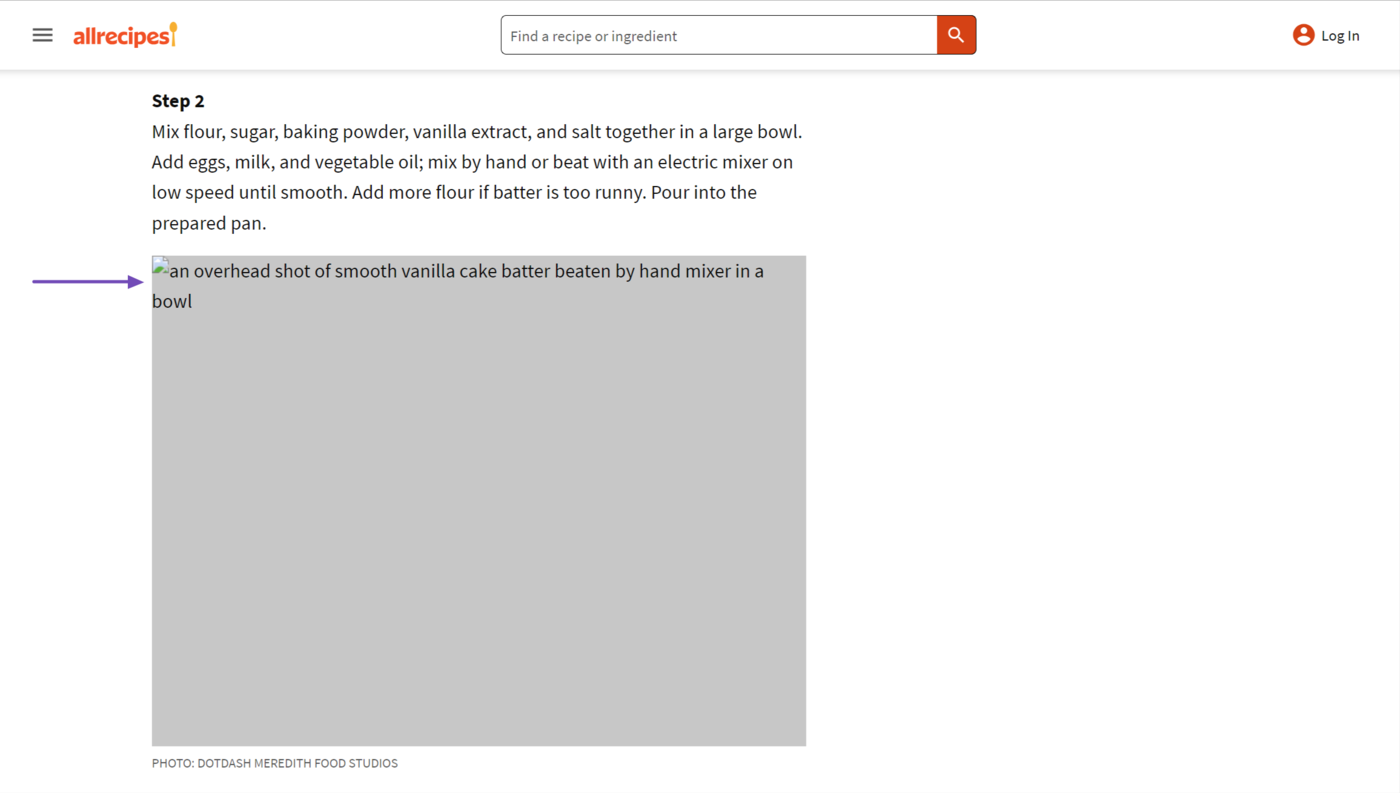
These are the common locations where bloggers will typically include their keywords. Search engines will analyze the textual content for those keywords too. However, if you use other content styles or types, for example, videos, you will have to add your keywords to them too.
Types of Keywords
There are multiple ways to categorize keywords. So, a single keyword will fall into multiple categories, depending on how you classify it. The common methods of categorizing keywords are by their:
- Length
- Purpose in content strategy
- Audience location
- Seasonality
- Brand association
- Searcher’s intent
- Meta data
By Length:
1 Short-Tail Keyword
Short-tail keywords are broad search terms typically consisting of one to two words. They have a high search volume but are highly competitive and less specific.
Esimerkiksi, fitness, travel, shoes, ja digital marketing are short-tail keywords.
2 Pitkähäntäinen avainsana
Long-tail keywords are more specific search phrases usually consisting of three or more words. They have lower search volume and are less competitive but often result in higher conversion rates due to their specificity.
Women’s running shoes ja digital marketing strategies for small businesses are examples of long-tail keywords.
By Purpose in Content Strategy:
3 Focus-avainsanat
A focus keyword, also known as a primary keyword, is the main keyword or phrase a piece of content is optimized for. It is the term you want your page to rank for on search result pages. There is usually one focus keyword per content.
For example, a blog post about making healthy breakfast could have a focus keyword like healthy breakfast recipes.
4 Secondary Keyword
Secondary keywords are the additional keywords a content ranks for other than the focus keyword. They provide more context about the content and help them rank for related search terms.
Esimerkiksi, easy healthy breakfast ideas ja healthy breakfast options are two secondary keywords for an article about healthy breakfast recipes.
5 Seed-avainsana
A seed keyword is the basic keyword or phrase used as the starting point for keyword research. It helps generate a list of related keywords and ideas for content creation and SEO strategies.
Esimerkiksi, breakfast recipes can be a seed keyword to uncover focus and secondary keywords like healthy breakfast recipes, healthy breakfast ideas, and healthy breakfast options.
6 LSI Keyword
LSI, short for Latent Semantic Indexing, keywords are terms that are semantically related to a focus keyword. For example, morning meal ideas ja breakfast cooking instructions are LSI keywords for healthy breakfast recipes.
LSI keywords are controversial in SEO. While some bloggers say they improve SEO, Google insists they are not relevant to search.
By Meta Data:
7 Meta Keyword
Meta keywords are keywords added to the HTML code of a webpage. They are specified using a<meta> tag and appear in the source code of the webpage.
Though now largely obsolete, meta keywords were once used to help search engines understand a page’s topic. For example, meta name="keywords" content="vegan recipes, plant-based diet, healthy eating">
By Audience Location:
- Local keywords
- Global keywords
8 Local Keyword
Local keywords are search terms that include specific geographic locations, used by searchers looking for products or services in a particular area. These keywords often include the name of a city, neighborhood, or region. They may also include words like “near me.”
Vegan restaurants in New York, best gyms in San Francisco, and dentists near me are local keywords.
9 Global Keyword
Global keywords are search terms used by searchers looking for information, products, or services from anywhere in the world, without any geographic limitations. These keywords are relevant to a broad audience.
Examples of global keywords include vegan recipes, digital marketing tips, and latest technology news.
By Seasonality:
- Seasonal keywords
- Evergreen keywords
10 Seasonal Keyword
Seasonal keywords are search terms that are relevant only during specific times of the year or for particular events. These keywords experience spikes in search volume during their respective seasons.
Christmas gift ideas, summer vacation destinations, and Black Friday deals are seasonal keywords.
11 Evergreen Keyword
Evergreen keywords are search terms that maintain consistent interest and search volume over time. These keywords are valuable for content that remains helpful over the long term, regardless of current trends or seasons.
Esimerkiksi, healthy breakfast recipes ja how to tie a tie.
By Brand Association:
- Branded keyword
- Non-branded keyword
12 Branded Keyword
Branded keywords include the name of a specific site, product, brand, or their variations. These keywords are used by searchers looking for information about that site, brand, or product.
Esimerkiksi, Nike running shoes, Apple iPhone, and Starbucks kahvia.
13 Non-Branded Keyword
Non-branded keywords do not include any brand names. They are more generic and are used by searchers who are not looking for a specific brand but rather a type of product or service.
Running shoes, smartphones, and coffee shops near me are examples of non-branded keywords.
By Searcher’s Intent:
14 Commercial Keyword
Commercial keywords are search terms used by visitors in the final stages of the buying process. These keywords indicate a high level of purchase intent as the visitors searching for them are likely to make a purchase.
Esimerkiksi, buy vegan protein powder, best vegan shoes to buy, and discount vegan handbags.
15 Informational Keyword
Informational keywords are used by visitors who seek information, answers, or general knowledge content about a topic. These keywords often start with question words like who, what, where, when, why, and how.
Esimerkiksi, how to start a vegan diet, what is SEO, and benefits of exercise.
16 Transactional Keyword
Transactional keywords are used by visitors who want to complete a transaction. These keywords often include words like buy, purchase, order, and sign up.
Esimerkiksi, buy vegan protein powder, and order pizza online are transactional keywords.
17 Navigational Keyword
Navigational keywords are used by searchers who want to find a specific website or webpage. These keywords often include the name of a brand, company, or specific product.
Examples of navigational keywords include Facebook login, Amazon customer service, and Microsoft homepage.